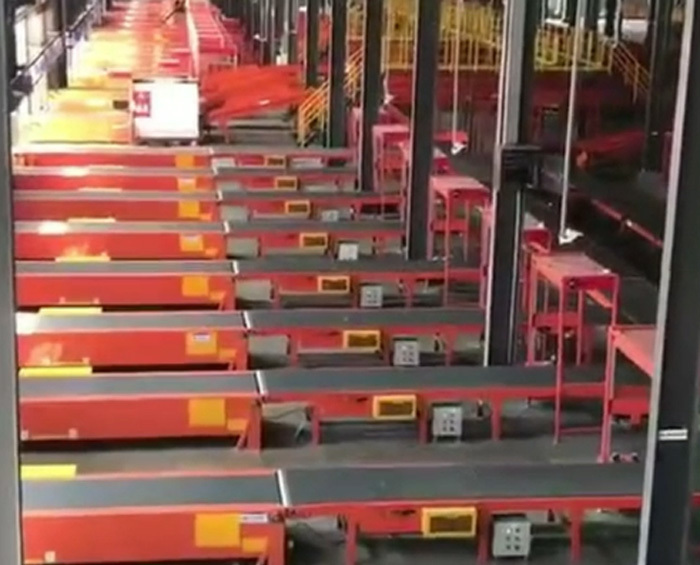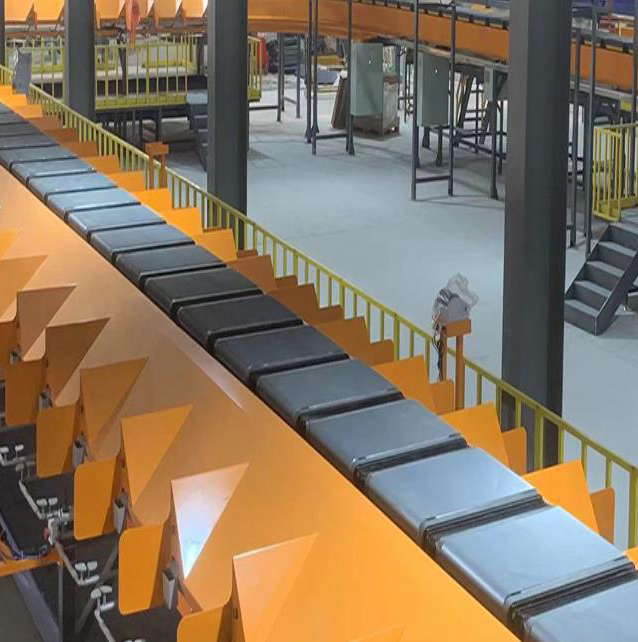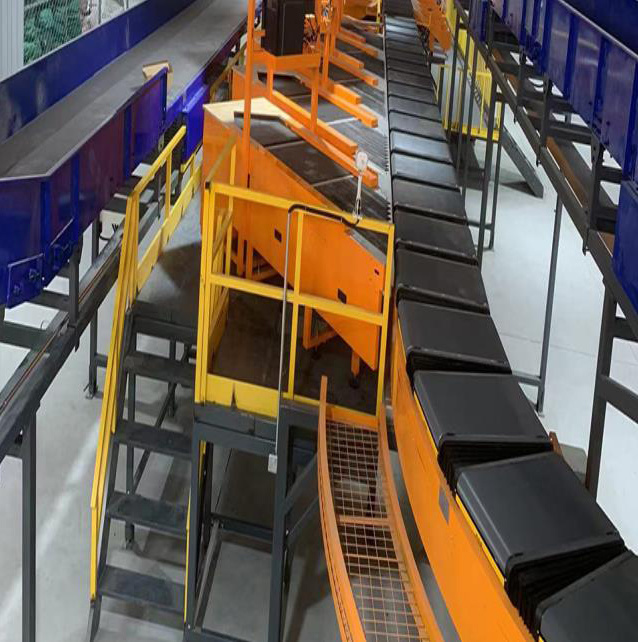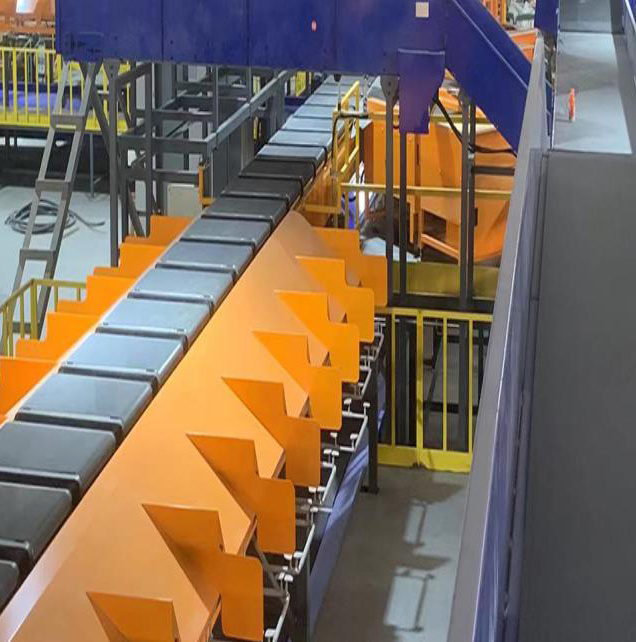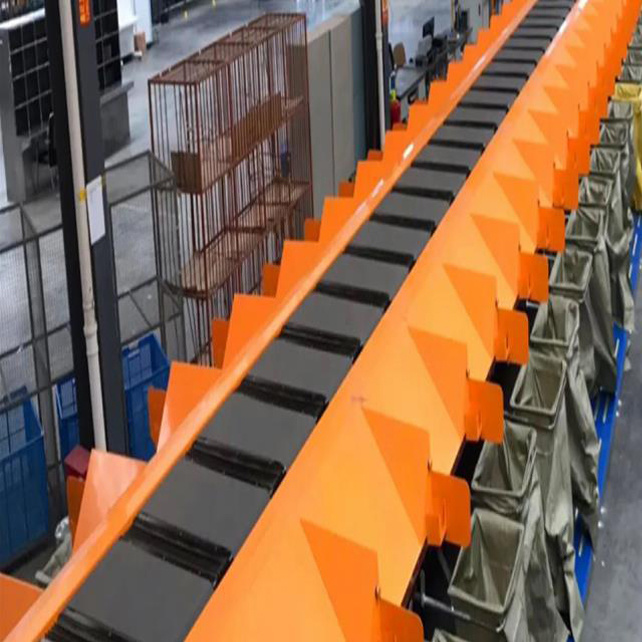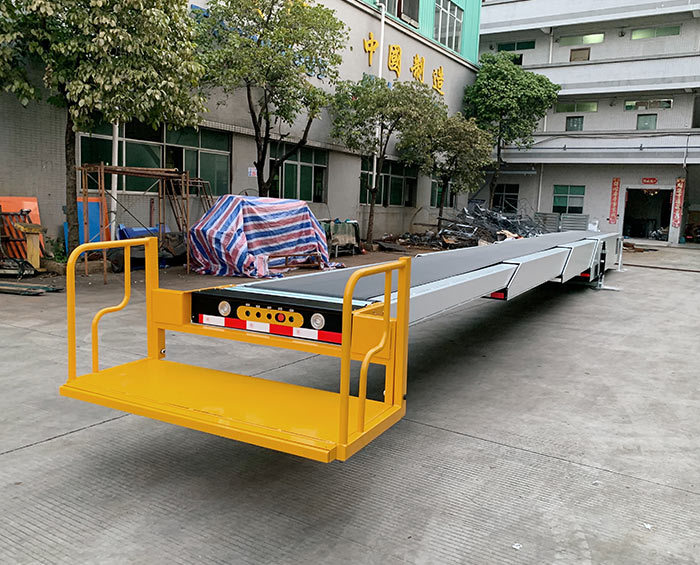Australia: Application of telescopic belt conveyors in Australian food factories
2025-03-26

Project Background
The food plant is mainly engaged in the production and packaging of many types of prepared foods. As production scales up, the plant's production line faces several key challenges:
Customer Pain Points
1. Shortage of human resources: Factories rely on a large number of manual workers for food packaging and transportation, but the local labor market in Australia is increasingly tight and difficult to recruit workers, resulting in low production efficiency and rising labor costs.
2. Efficiency bottleneck: The traditional manual transportation mode leads to the smooth operation of the production line, resulting in the uneven deployment of equipment and personnel, and in the peak production period, the manual can not effectively respond to the sharp increase in order volume.
3. Health and safety issues: The food industry has high requirements for health and safety. Traditional manual handling is prone to cross-contamination risks, and there is a potential risk of injury to operators during handling.
Customer Pain Points
We design and provide telescopic belt conveyor systems for our customers, the specific solutions are as follows:
1. Automated transportation instead of manual: The telescopic belt conveyor system can automatically transmit food between all links of the production line, avoiding a lot of reliance on manual handling and improving transportation efficiency. The telescopic function allows the conveyor to flexibly adjust its length to meet the needs of different production line layouts and material handling.
2. Improve production efficiency: the telescopic belt conveyor can run stably under high-speed operation, reduce the pause and delay in the material transmission process, and ensure the continuity and efficiency of the production line. By optimizing the delivery path and increasing the transportation speed, the efficiency of the entire production process is significantly improved.
3. Reduce labor costs and risks: The automated system reduces the dependence on labor, reduces labor costs, and avoids safety accidents and food hygiene problems that may be caused by improper operation of personnel.
4. Health and cleaning convenience: the conveyor belt is made of food-grade materials, which meets the health standards, and the design is simple and easy to clean, which meets the strict cleaning requirements of the food industry, and reduces the health dead Angle.





Project Outcomes
Since the implementation of the telescopic belt conveyor system, the overall efficiency of the customer's production line has been improved by about 30%, the labor cost has been reduced by more than 20%, and the health and safety problems in the food handling process have been effectively solved. The customer not only improved the production capacity, but also gained a greater advantage in the fierce market competition.
Summarize
Through this case, we show how intelligent transportation solutions can help customers solve production bottlenecks, improve efficiency, reduce costs, and ensure product quality and safety.
More Case Studies
Russia Express merchant 5 sweep 10 grid sorting line projects
The customers of this project are merchants on AliExpress platform, mainly engaged in cross-border e-commerce business, especially in the Russian market. As the order volume continues to grow, customers need to handle a large number of express packages every day. Due to the wide variety of packages and the wide distribution of destinations, the traditional manual sorting method is not only inefficient, but also prone to error, especially in the peak period, the bottleneck problem of manual operation is more prominent. In addition, customers have limited storage space, and manual sorting has led to a backlog of parcels, affecting the sorting speed and delivery timeliness. In order to improve sorting efficiency, reduce error rates, and cope with large parcel volumes at peak times, customers urgently needed an efficient and flexible automated sorting solution.
Static sorting machine in the UK famous logistics company application
Because of the high labor cost and low efficiency, the traditional manual sorting mode has been unable to meet the growing logistics demand.
Us e-commerce company DWS sorting equipment application
As the demand for online shopping surges and warehouse orders continue to climb, traditional manual sorting and manual data entry systems are inadequate
Application of DWS sorting equipment in garment company
The clothing company has encountered several problems in its operations, mainly centered on inefficiencies in order processing and sorting. With the rapid growth of e-commerce, the increase in order volume has caused manual sorting to become a bottleneck, especially during seasonal peak periods.
Application of DWS sorting equipment in American grain enterprises
The customer is a grain processing company based in the United States, primarily engaged in the production, packaging and distribution of cereals.
Application of telescopic belt conveyor in Mexican farm
The large farm in Mexico, which produces corn and other crops, has a complex geography, some of it in remote areas with poor transportation. The traditional manual handling method has been unable to meet the growing production demand.








